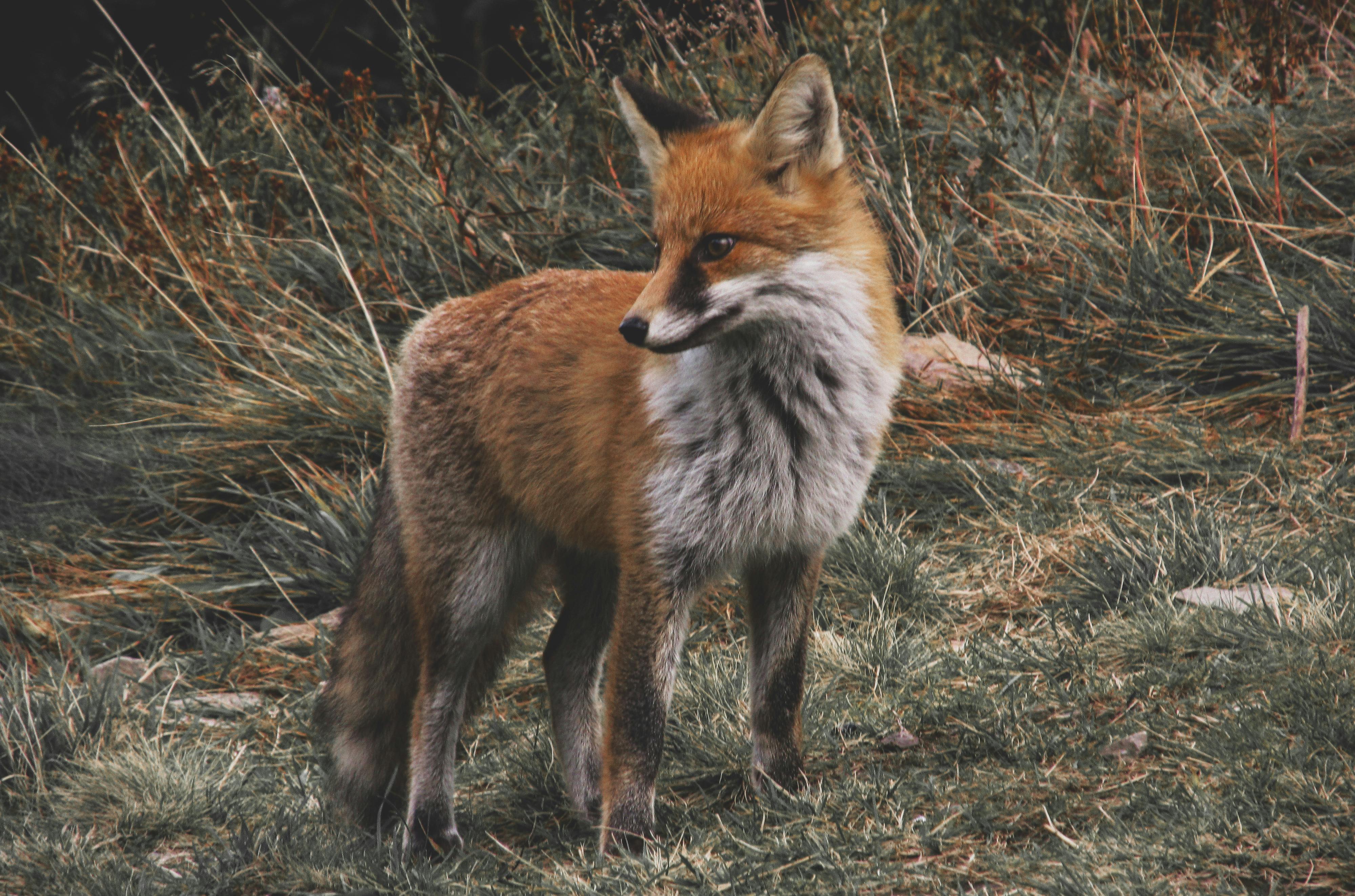"Unveiling the Secret Lives of Urban Foxes: A Study in Adaptation"
Urban foxes have become a common sight in many of the world's largest cities, from London to Sydney. These remarkable creatures have made a surprising transition from the wild to the cityscape, living off scraps and surviving amidst concrete and steel. This article delves into the fascinating world of urban foxes, shedding light on their unique adaptations, behaviors, and the challenges they face in their new urban environments.

The Arrival of Foxes in the City
Urban foxes are not a recent phenomenon. The first recorded sighting of a fox in a city was in the 1930s in the UK. Since then, their numbers have grown exponentially, and today it is estimated that there are around 150,000 foxes living in urban environments in the UK alone. What makes this migration intriguing is the fox’s ability to adapt to a lifestyle vastly different from its natural, rural habitat.
Adapting to an Urban Lifestyle
Urban foxes have adapted remarkably to city life. They have become nocturnal to avoid human activity and are adept scavengers, feeding on discarded food waste. While they retain their natural instincts and behaviors, they also exhibit a higher degree of boldness and confidence in their interactions with humans, compared to their rural counterparts. This shows the foxes’ remarkable flexibility in their behavior and survival strategies.
The Impact of Urban Life on Fox Behavior
Living in the city has influenced fox behavior in surprising ways. For instance, urban foxes have smaller territories compared to rural foxes due to the abundance of food resources. They also exhibit more social behaviors, often seen in groups, contrary to their solitary nature in the wild. However, city life is not without its challenges. Urban foxes face threats from traffic, diseases, and sometimes conflicts with humans.
Urban Foxes: A Controversial Presence
The presence of foxes in cities has sparked debates among residents, conservationists, and authorities. Some view them as pests and a nuisance, while others see them as part of urban biodiversity that should be preserved. Striking a balance between human interests and animal welfare is a complex issue that continues to be a source of contention.
The Future of Urban Foxes
Currently, research is being conducted to better understand the urban fox phenomenon. These studies aim to inform effective strategies for managing fox populations in cities, ensuring their survival while minimizing their impact on human activities. Despite the challenges they face, urban foxes are here to stay, marking yet another example of the remarkable resilience and adaptability of wildlife.
In conclusion, the urban fox is a testament to nature’s adaptability in the face of human-induced changes. Their presence in our cities serves as a reminder of the complex relationship between humans and wildlife, presenting both challenges and opportunities for coexistence. As we continue to shape our urban environments, it is essential to consider how these changes affect the animals with whom we share our spaces.




